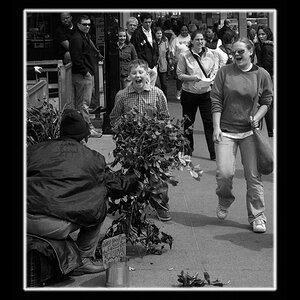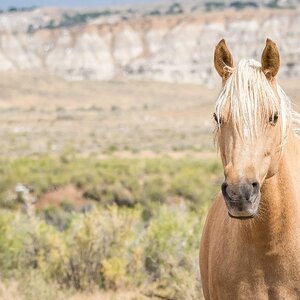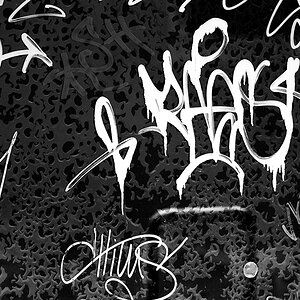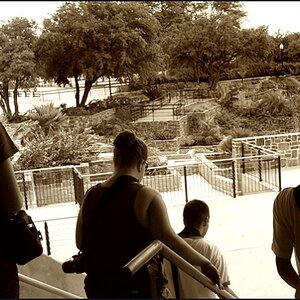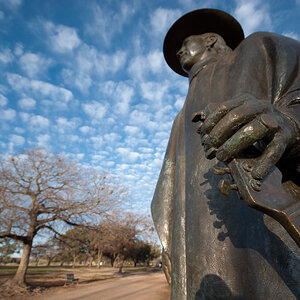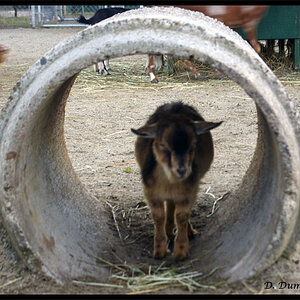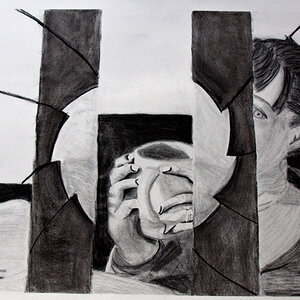zombiemann
TPF Noob!
- Joined
- Aug 8, 2012
- Messages
- 359
- Reaction score
- 24
- Location
- Illinois
- Can others edit my Photos
- Photos OK to edit
I took this shot about 20 minutes ago. I know the composition is off, the exposure is off. I was playing around with different F stop values and exposure times just for the heck of it. This is a 30 second exposure. The weird thing is, as the shot was exposing a guy rode a bicycle right down the sidewalk on the other side of the street from me. Right through the frame of the picture.... When I opened the RAW in photoshop imagine my surprise when there isn't a trace of the guy on his bike. I resized the shot for posting but thats it. No other processing has been done




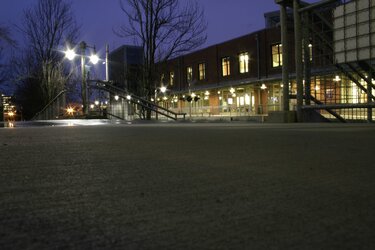
![[No title]](/data/xfmg/thumbnail/31/31752-fcbc5aa4a94154b9c273592aa37b8b1e.jpg?1619734991)

![[No title]](/data/xfmg/thumbnail/42/42066-badd1780980376f04f261f985a608adf.jpg?1619739998)
![[No title]](/data/xfmg/thumbnail/36/36665-7c494bf98537fba5ac87ac5ad6bda658.jpg?1619737676)
